Georg Balthasar von Neumayer (1826–1909), scientist, oceanographer and meteorologist, came to Australia from Germany in 1852 to pursue his interest in polar exploration. He spent some time on the Bendigo goldfields and working at the Hobart Magnetic Observatory before returning temporarily to Germany to raise funds and support for the establishment of an observatory in Melbourne. The Flagstaff Hill observatory was in operation by 1858 and in 1859 he was appointed Government Astronomer. Neumayer was thus a leading figure in the scientific life and development of the colony, and it was through his involvement with the Philosophical Institute of Victoria and its successor, the Royal Society, that he became integral to the planning and execution of the Victorian Exploring Expedition (later renamed after its ill-fated leaders, Burke and Wills). Among other things, Neumayer instigated William Wills’ appointment as the expedition’s ‘surveyor and astronomical observer’ (Wills having studied and worked under him as an assistant at the Observatory since 1859). Neumayer also accompanied the expedition briefly, travelling with Burke and Wills from Swan Hill to Pooncarie on the Darling River as part of his magnetic survey of Victoria. This was an achievement he carried out almost single-handed between 1858 and 1864, travelling some 11,000 miles and establishing 230 magnetic stations. Neumayer became a life member of the Royal Society of Victoria in 1864. On his return to Germany he was appointed hydrographer to the Admiralty.
Johnstone & Co. was the name under which the photographers Henry James Johnstone and Emily Florence Kate O’Shaughnessy initially traded. Johnstone (1835–1907) had worked for his father’s photographic firm in Birmingham before coming to Victoria in 1853 to prospect for gold. It’s thought he ran a studio in Bendigo for a time before going to Melbourne where in 1862 he went into business in Bourke Street with O’Shaughnessy (life dates unknown) – whose name, for some reason, was always misspelt. Prior to working with Johnstone, she’d run her own studio in Carlton. The firm became Johnstone, O’Shannessy & Co when they moved to rooms next door to the GPO in 1864, at which point they advertised themselves as ‘Late Artists to the firm of Batchelder and O’Neill’ and promised ‘to execute those finished photographs which secured to Mr. Batchelder the first artistic reputation in Melbourne.’ Johnstone meanwhile continued his studies in mediums other than photography, taking lessons from Charles Summers, Louis Buvelot and Thomas Clark and exhibiting paintings with the Victorian Academy of Arts from 1872 onwards. The Johnstone O’Shannessy studio also exhibited extensively and opened an art gallery on their premises in 1872. Johnstone left Melbourne in the late 1870s, returning via California to England and exhibiting regularly at the Royal Academy in his later years.
Collection: National Portrait Gallery
Purchased with funds provided by Graham Smith 2009
Graham Smith (18 portraits supported)



On one level The Companion talks about the most famous and frontline Australians, but on another it tells us about ourselves.
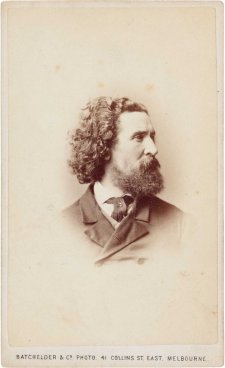
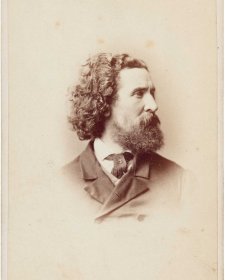
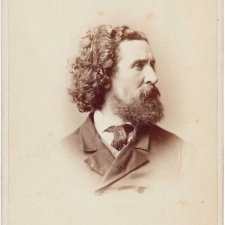
Joanna Gilmour discovers that the beards of the ill-fated explorers Burke and Wills were as epic as their expedition to traverse Australia from south to north.

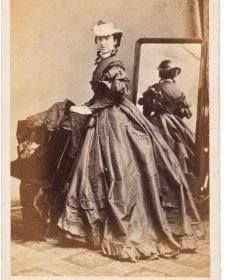
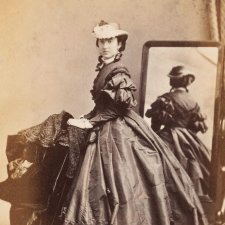
Drawn from the NPG’s burgeoning collection of cartes de visite, Carte-o-mania! celebrates the wit, style and substance of the pocket-sized portraits that were taken and collected like crazy in post-goldrush Australia.